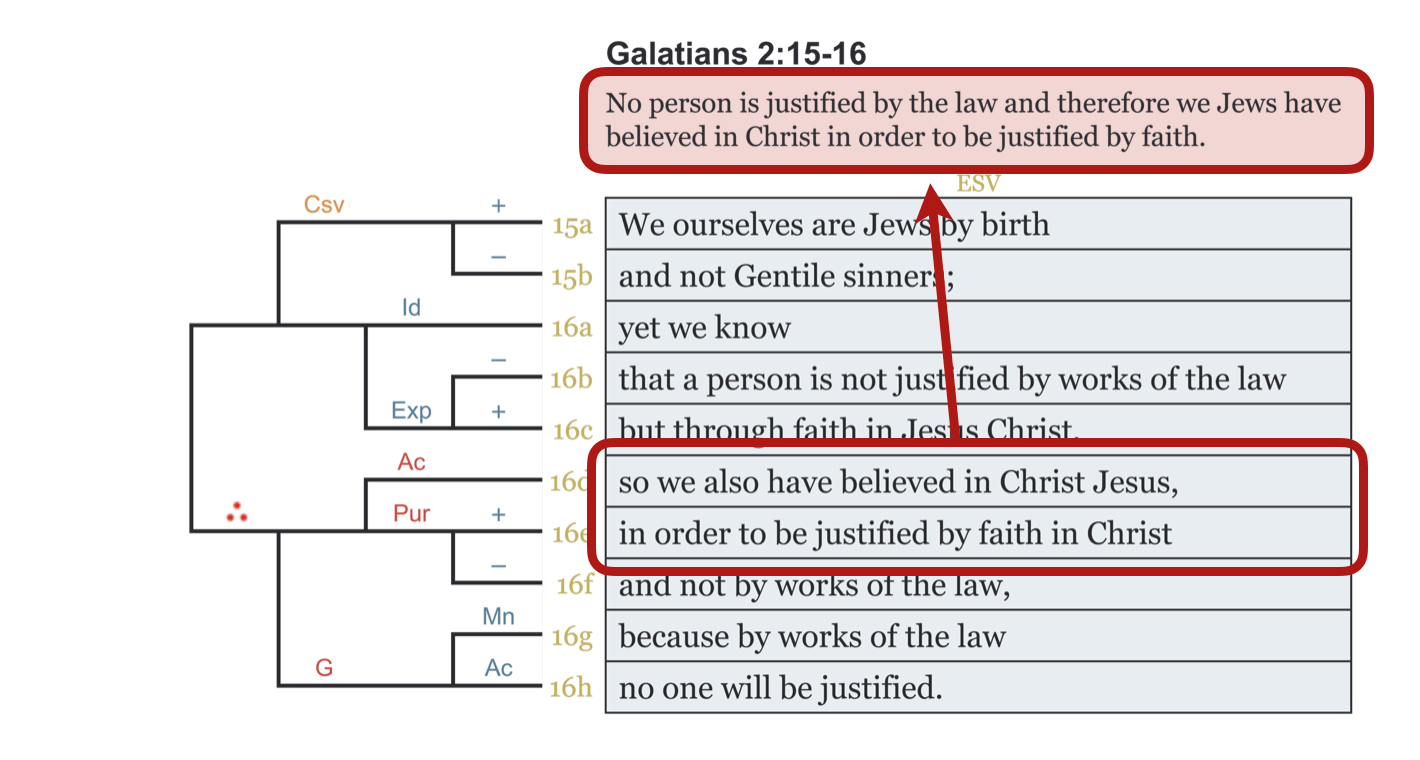Lesson 1 | What is Bracketing?
Aim of this course
Reading with careful attention
I have thought I am a creature of a day, passing through life as an arrow through the air. I am a spirit come from God, and returning to God, just hovering over the great gulf, till a few moments hence, I am no more seen; I drop into an unchangeable eternity! I want to know one thing—the way to heaven, how to land safe on that happy shore. God himself has condescended to teach the way; for this very end He came from heaven. He has written it down in a book. O give me that Book at any price, give me the Book of God. —John Wesley
All that is most important, most glorious, most critical and most lasting is written down for us in the Book of God. The Bible is a great treasure. And its jewels are supremely worthy of our careful attention. Reading with careful attention—that is what Bracketing is all about. If this sounds like a small thing to you, then you do not yet know the value of God's word.
In the way of your testimonies I delight as much as in all riches. I will meditate on your precepts and fix my eyes on your ways. —Psalm 119:14-15
How does Bracketing help us read the Bible carefully?
There are a few different ways that we can answer this question, each clarifying and highlighting the function of this Bible study method in a slightly different way. Together, they will paint for you the big picture concept behind Bracketing.
Bracketing is used to explain every proposition's role within a paragraph.

Bracketing is used to understand the structure of the text.

Bracketing is used to let the logical connections of the text guide our understanding.

Bracketing is used to determine the main point, and see how it is supported.

By the end of the course
This course is about learning to bracket. And while we will go on to talk about getting things right and wrong in our brackets, the aim of this course is not to teach you to produce the one “right” bracket for a given passage. For there is no such thing as a singular, authoritative bracket that stands as the exhaustive representation of the meaning of the text. (For more on this point, see here.) Rather, the aim of this course is that you learn the Bracketing Bible study method well, such that it aids you in reading with careful attention. As you do, you will understand biblical passages with greater accuracy and depth.
In other words, those who faithfully see this course to the end should expect to gain a solid grasp of basic Bracketing, and with it, a strong tool for seeing more in the Bible and understanding it better.
Who uses bracketing?
Thomas Schreiner is the James Buchanan Harrison Professor of New Testament Interpretation and Professor of Biblical Theology (1997) and Associate Dean of the School of Theology at Southern Baptist Theological Seminary.

Scott J. Hafemann (Dr. theol., Eberhard-Karls-Universität Tübingen) is Reader in New Testament at the University of St. Andrews (Scotland). He is responsible for developing the bracketing-style visual formatting and came up with the idea to mark the main point between two propositions.

Gregory K. Beale (PhD, Cambridge) holds the J. Gresham Machen Chair of New Testament and is professor of New Testament and biblical theology at Westminster Theological Seminary.

Brian J. Vickers is Professor of New Testament Interpretation (2004) and Assistant Editor of The Southern Baptist Journal of Theology at Southern Baptist Theological Seminary.

Benjamin Gladd is Assistant Professor of New Testament at Reformed Theological Seminary.

Dr. Mark Dubis is Professor of Biblical Studies and Languages and Director of Discipline-Specific Honors Program in the School of Theology and Missions at Union University.

Plus a whole lot more non-professor types!
For those who know Arcing
If you have previously studied the Arcing Bible study method, then in large part, you already know bracketing. The reason is that they are in fact the same Bible study method, only with a different graphical representation. For this reason, you can actually open your arcs and change an option that will automatically display them as brackets!
Still, this does not mean that you will not benefit from this course. Many students of Arcing, after finishing the introductory course, look for a second course in the basics to further solidify their foundations in this Bible study method. For such students, this course is almost ideal. Here, you will be able to review all the key aspects of “Discourse Analysis” (a catch-all term for Arcing and Bracketing), but with fresh examples and new homework assignments. In addition, we have made significant changes to the teaching approach, knowing that different people learn better in different ways.
On the other hand, for those unfamiliar with Arcing, the “almost ideal” approach just described is upgraded to ideal. That is because this course will be taught at a slightly more basic level than the Arcing Path Course, making it the best place to start.